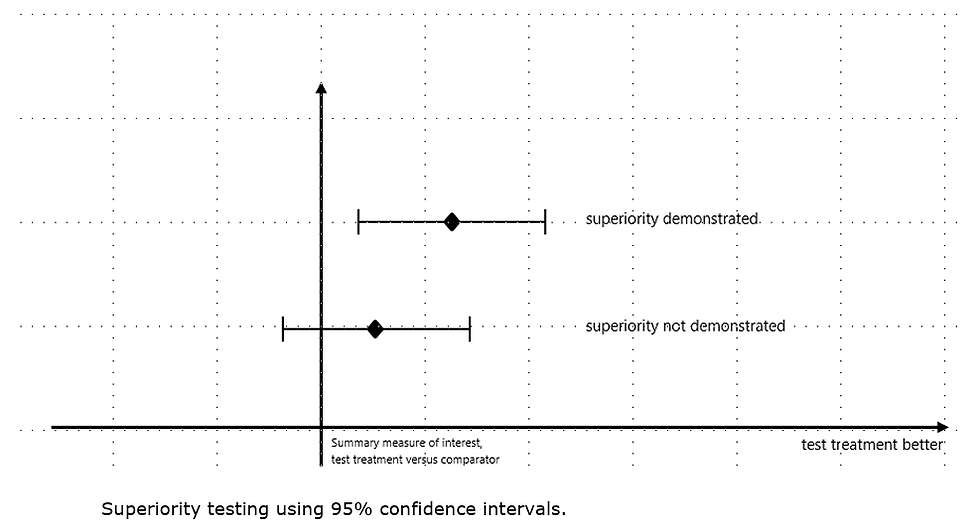USFDA Draft Guidance: Replacing Color Additives in Approved or Marketed Drug Products
- Sharan Murugan

- May 30
- 2 min read
A color additive is any dye, pigment, or substance that imparts color to a drug. Only color additives listed in FDA regulations are permitted for use in drugs. If a color additive is removed from the regulations, any drug containing it is considered adulterated and cannot be marketed.

Color additives play a significant role in drug formulation, contributing not just to visual appeal but also to the identity and differentiation of products.
The U.S. Food and Drug Administration (FDA) issued a new Draft Guidance for Industry (May 2025) titled Replacing Color Additives in Approved or Marketed Drug Products to support this process. This guidance, released by the Center for Drug Evaluation and Research (CDER), outlines best practices for selecting replacement color additives, assessing and documenting changes, and navigating regulatory submissions.
This guidance outlines the FDA’s recommendations for replacing color additives in approved or marketed drug products. Color additives used in drugs must comply with FDA regulations, and if a color additive is deemed unsafe or its regulation is repealed, it must be replaced or removed. The guidance covers considerations for:
Ensuring new color additives conform to FDA requirements
Updating all relevant documentation and labeling
Maintaining records to support the change
Submitting the required information, particularly for application products
The guidance applies to:
Holders of approved New Drug Applications (NDAs) and Abbreviated New Drug Applications (ANDAs)
Manufacturers of drugs under NDA/ANDA (including contract manufacturers)
Manufacturers of nonprescription drugs (over-the-counter monograph products)
Manufacturers of compounded drugs under section 503B of the FD&C Act
Other manufacturers are subject to current good manufacturing practice (CGMP) requirements
Changing inactive ingredients is typically treated as a major change requiring prior approval. However, the FDA clarifies that replacing a color additive with another approved additive, under certain conditions, qualifies as a moderate change. This can be reported via a CBE-30 supplement (Changes Being Effected in 30 Days), which must be filed 30 days before distributing the modified product.
Exceptions include:
Changes in other excipients >5% of unit dose weight
Use in sensitive populations (e.g., neonates)
Use of a new additive not yet approved by the FDA
If a colorant is removed rather than replaced, this is considered a minor change, reportable in the product’s annual report.
Before selecting a substitute, manufacturers should:
Confirm the new color additive is listed in the FDA’s color additive regulations (21 CFR parts 70-82)
Ensure the additive’s use level and route of administration comply with FDA guidelines
Maintain visual distinction for dosage forms with different strengths (important for medication safety)
The Inactive Ingredient Database (IID) is a valuable reference to see what levels of color additives have previously been approved. If no suitable color additive is listed, manufacturers must petition the FDA’s Human Foods Program for a new additive approval—usage cannot begin until it’s listed officially.
By following the FDA’s detailed recommendations, pharmaceutical companies can ensure compliance, minimize disruption, and maintain trust in product quality.
For ongoing or upcoming reformulation projects, this guidance is essential reading for regulatory, formulation, and quality teams.
For more detailed information, refer to the full draft guidance:Replacing Color Additives in Approved or Marketed Drug Products – PDF



Comments